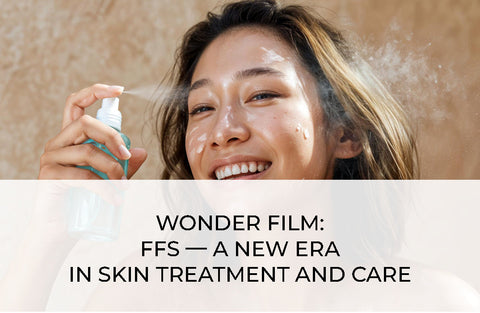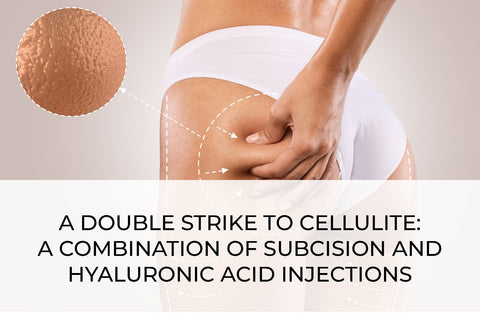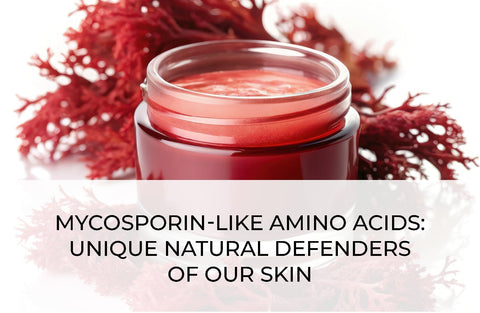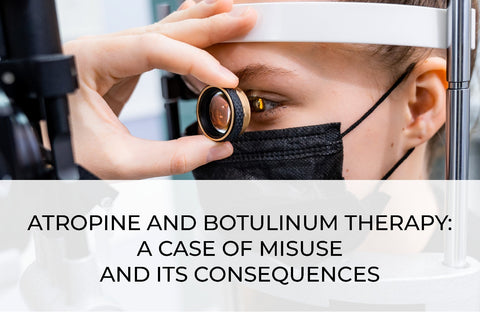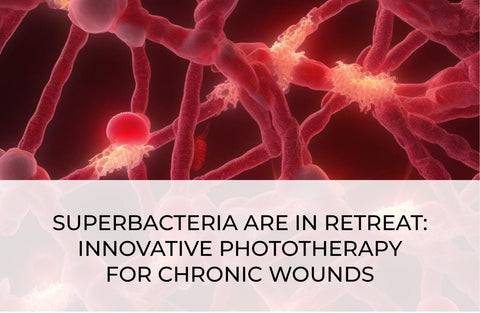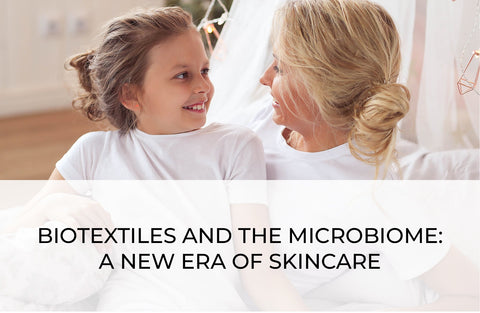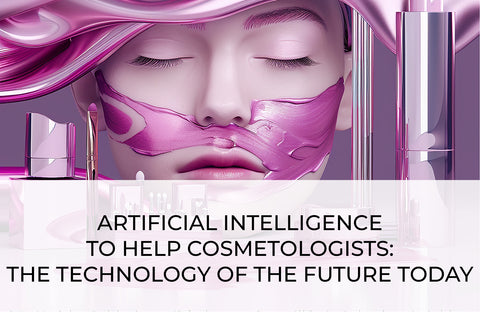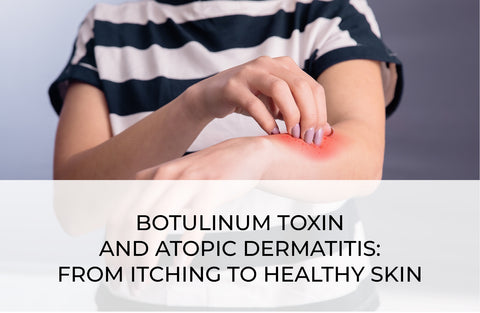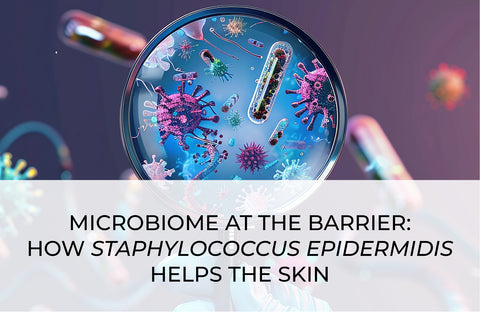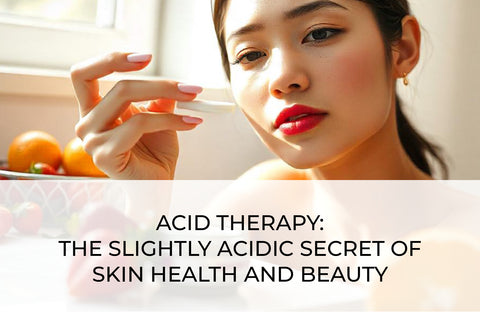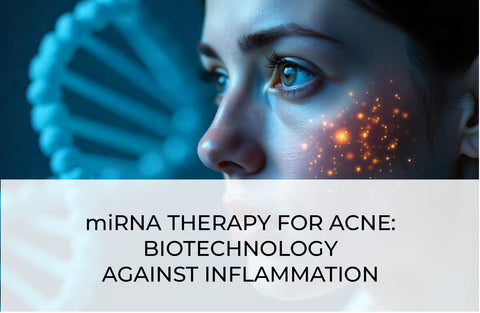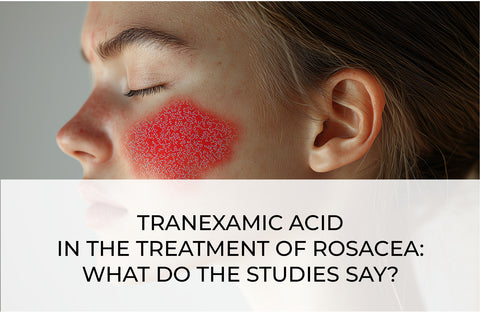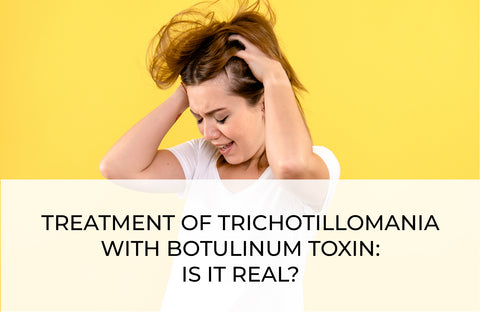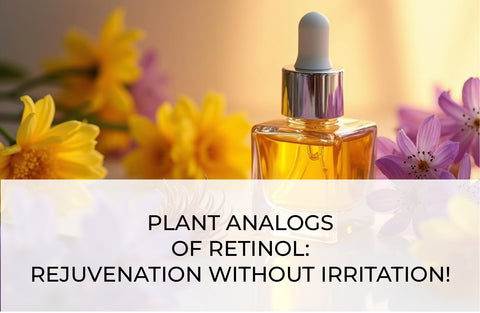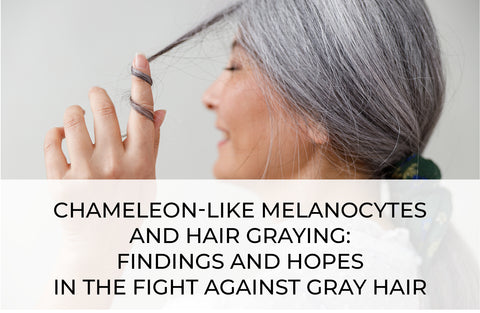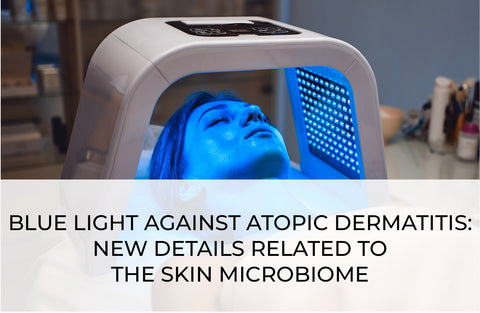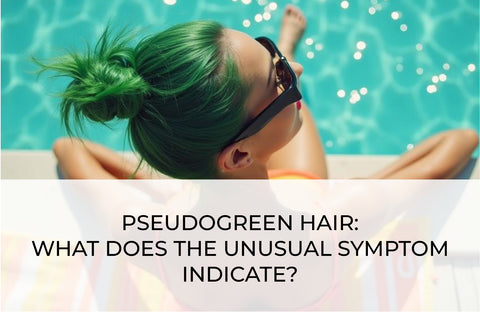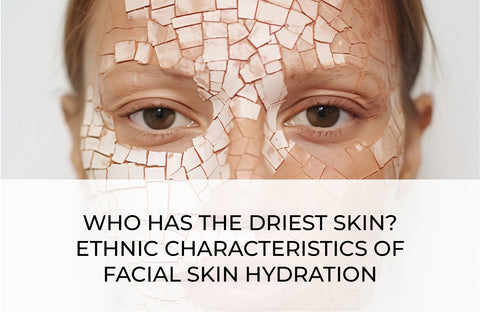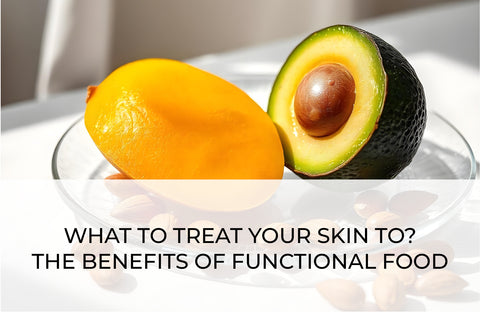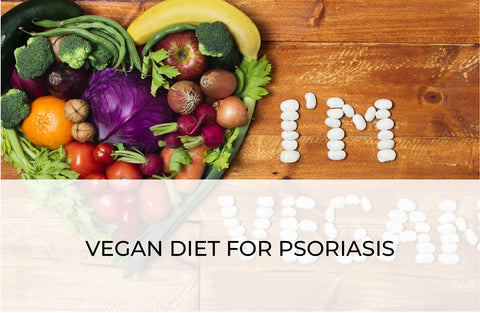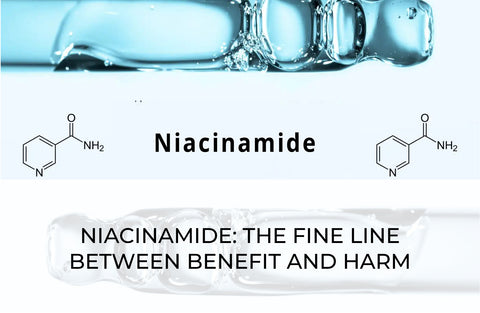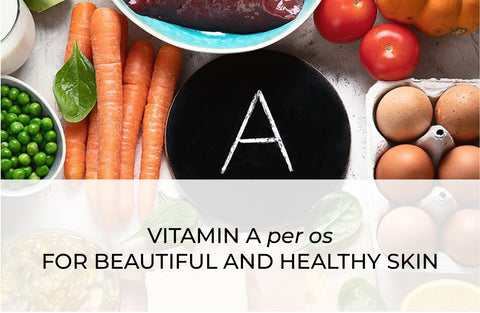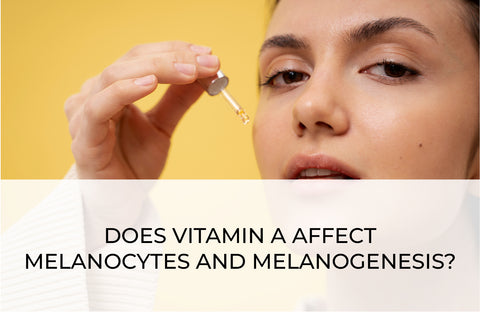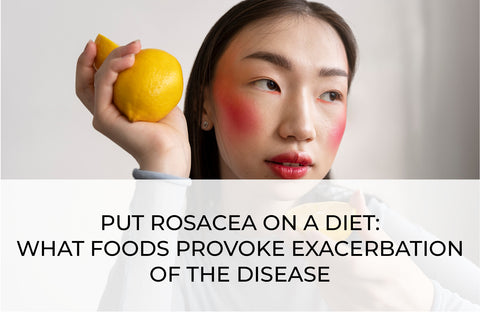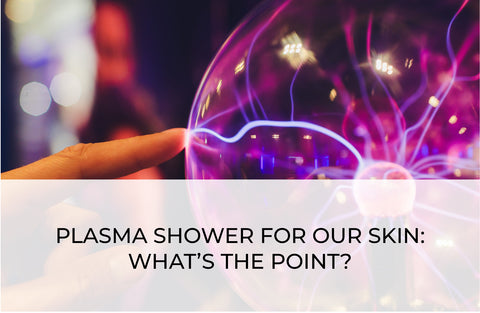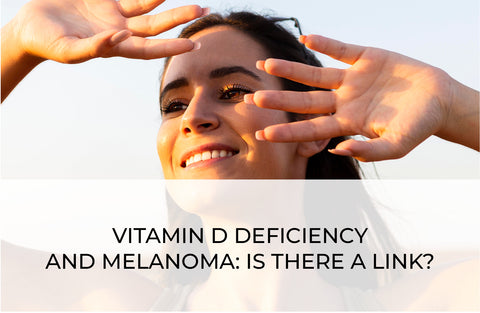BIOTEXTILES AND THE MICROBIOME: A NEW ERA OF SKINCARE

Production technologies and mechanisms of action
Modern technologies have made it possible to expand the functionality of textiles significantly. The microencapsulation method, for example, is used to encapsulate active substances such as hyaluronic acid or plant extracts into capsules released by friction or temperature. This technology is used in the Skintex® product line of moisturizing and skin care products.
The chemical grafting method allows molecules of active ingredients, such as probiotics or vitamins, to be bound to textile fibers. Devan Biotech's fabrics use this approach, which helps maintain the balance of the skin's microbiome. Studies have shown that probiotics in these fabrics stimulate the growth of beneficial microorganisms such as Staphylococcus epidermidis and inhibit the growth of pathogenic bacteria, including Staphylococcus aureus [1, 2].
Antimicrobial biotextiles enriched with silver or zinc ions act by interacting with bacterial membranes, disrupting their structure. This leads to the inhibition of metabolic processes and the prevention of the growth of pathogenic colonies. In Dermasilk tissues developed for treating acne, this mechanism significantly reduces the number of Cutibacterium acnes that cause inflammation [3].
Studies on the effect on the skin microbiome
The effect of the active components of textiles on the skin microbiome has been the subject of numerous studies. An article by Ferro de Oliveira S.C. and Tavaria K.F. (2023) analyzes how such materials alter the skin's microbial balance [1]. Probiotic tissues, including Lactobacillus and Bifidobacterium, increase the microbiome's diversity and maintain the skin's protective barrier. This is particularly important in treating diseases associated with microflora disruption, such as atopic dermatitis and psoriasis.
Antimicrobial tissues, although they inhibit pathogens, do not adversely affect beneficial strains of bacteria. For example, studies of tissues with silver ions have shown that they reduce inflammation and prevent secondary infections while maintaining the health of the skin microbiome [4].
The anti-inflammatory effect of tissues with natural extracts (aloe vera, chamomile) is also related to their ability to reduce the activity of inflammatory cytokines such as TNF-α and IL-6, which improves skin health [5].
Commercial products and their applications
Many products on the market demonstrate the efficacy of textiles. For example, BioSerenity has developed antimicrobial-coated fabrics for patients with atopic dermatitis. These materials protect the skin from infections and reduce itching and inflammation due to the addition of panthenol.
Dermasilk offers fabrics with silver ions that inhibit inflammation-causing bacteria to treat acne. Clinical trials have shown a significant reduction in inflammation in patients using such tissues daily [6].
In cosmetology, rejuvenation tissues produced by the Welltex brand contain hyaluronic acid and collagen. When in contact with the skin, they stimulate collagen synthesis, increasing firmness and moisturization. Studies have confirmed that using such materials for several months reduces the depth of wrinkles [7].
Prospects and new developments
Biotextiles remain one of the most dynamically developing fields. One promising area is the development of innovative fabrics that can respond to changes in skin conditions, such as inflammation or temperature changes. HeiQ is developing materials that can only release active ingredients when there is inflammation, making them particularly promising for treating chronic skin diseases [8].
Another trend is personalized textiles that adapt to the user's microbiome. Such developments could lead to a revolution in treating skin diseases associated with microflora disruption.
Conclusion
Biotextiles are an innovative tool for skin care and an essential step toward integrating science and technology into everyday life. Its active components, including probiotics, silver ions, vitamins, and hyaluronic acid, have positively affected the microbiome and skin condition. The development of this field holds great promise for medicine, cosmetology, and sustainable production.
References
- Ferro de Oliveira S.C., Tavaria KF.. The impact of bioactive textiles on human skin microbiota. Eur J Pharm Biopharm. 2023;1 88: 66–77.
- Devan Biotech: Supporting healthy microbiome through textiles. Данные компании.
- Clinical effects of silver-infused textiles on acne-prone skin. Dermasilk Clinical Study, 2021.
- Ong P.Y., Boguniewicz J., Chu D.K. Skin antiseptics for atopic dermatitis: dissecting facts from fiction. J Allergy Clin Immunol Pract. 2023; 11(5): 1385–1390.
- Anti-inflammatory effects of aloe vera-infused textiles. J Natural Products, 2020.
- Dermasilk: Clinical benefits for acne-prone skin. Clinical Trial Report, 2021.
- Welltex: Textiles for skin hydration and rejuvenation. Clinical Study, 2022.
- HeiQ Smart Textiles: Responsive solutions for chronic skin conditions. HeiQ Laboratory Data.

